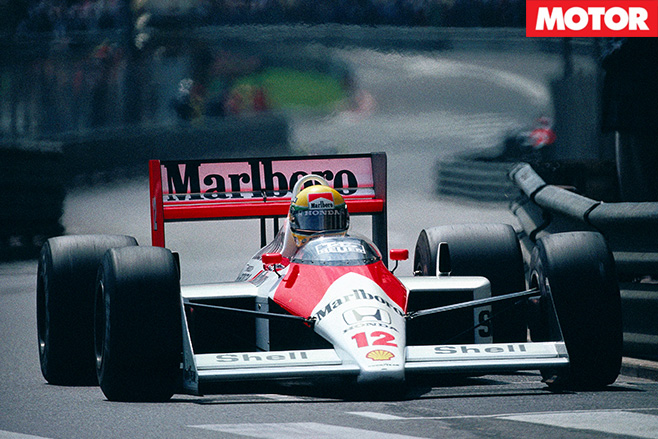No one paid much attention to the single-car Renault entry at the 1977 British Grand Prix.
This story was originally published in our March 2014 issue
Resplendent in Renault’s corporate yellow, white and black and driven by Jean-Pierre Jabouille (who, incidentally, also designed the car) Renault’s RS01 made history at Silverstone that day as the first turbocharged car to race in F1.
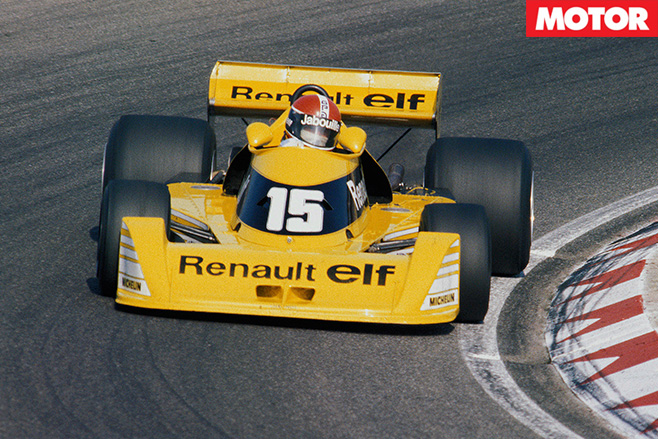
In the hands of Jabouille the RS01 failed to finish every race in 1977 and barely made it to the finish line in all but one race in 1978 (Jabouille scoring the first points for a turbocharged car with a fourth place in the US grand prix).
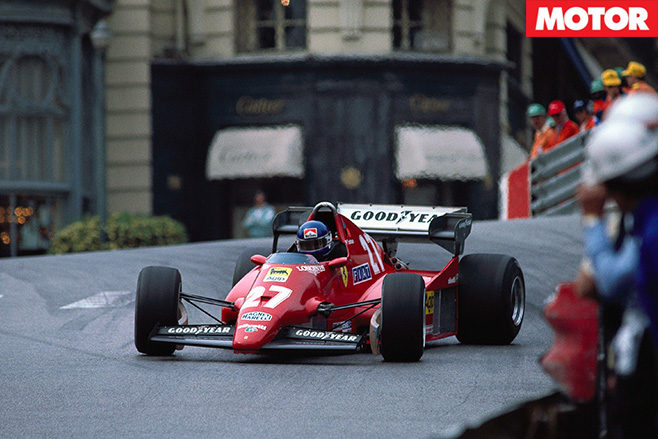
The RS01 raced until the 1979 Belgian Grand Prix before Renault retired the real-world test mule and rolled out its successor, the RE10, at the following race in Monaco.
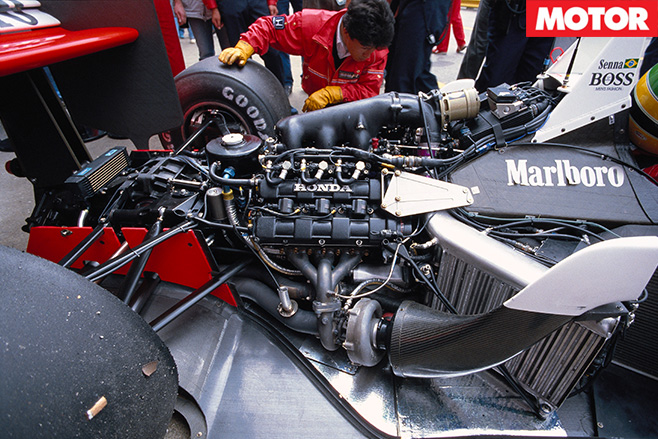
Jabouille won easily, a first win for himself, for Renault and for turbocharging. It was an historic victory, overshadowed somewhat by the epic battle for second between Gilles Villeneuve and Rene Arnoux (YouTube ‘Villeneuve Arnoux Dijon’ if you haven’t seen it).

The Glory Years Following Renault’s success, it didn’t take long for the world’s major car manufacturers to come knocking on F1’s door. In quick succession, Porsche, BMW and Honda all entered the fray as engine suppliers while Ferrari too knew it had no option but to ditch its beloved V12 in favour of race-winning turbo tech.
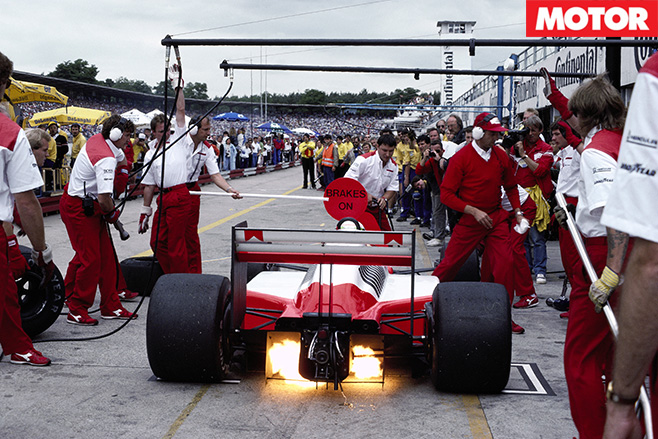
Keke Rosberg won the title in his Cosworth-powered Williams, but he only won one race and was helped, in part at least, by turbo unreliability (those fiery detonations continued unabated) and the tragic (separate) accidents that claimed Gilles Villeneuve’s life and ended Ferrari teammate Didier Pironi’s career. Until then, Ferrari had been on track to claim the first world championship for a turbo car.
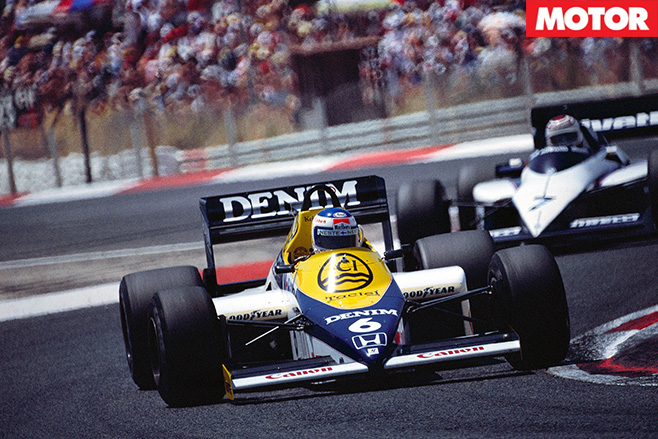
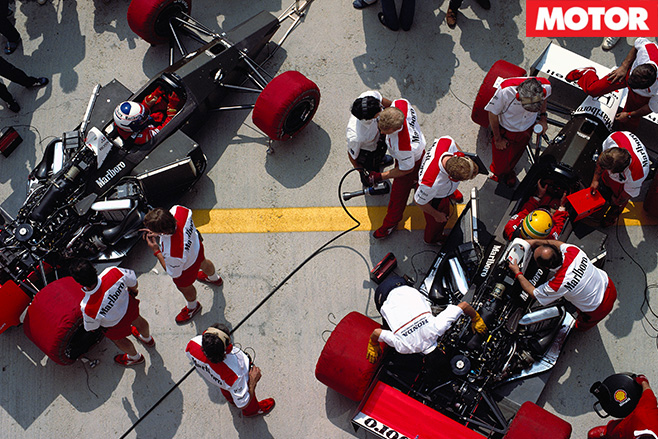
But behind closed doors, McLaren’s wily boss Ron Dennis was wooing Honda and when 1988 rolled around, a potent partnership – McLaren, Honda, Ayrton Senna and Alain Prost – executed a near-perfect season, the team winning 15 of that year’s 16 grands prix. It was as near to perfection as any team has come in F1 but it was also turbocharging’s swansong.
